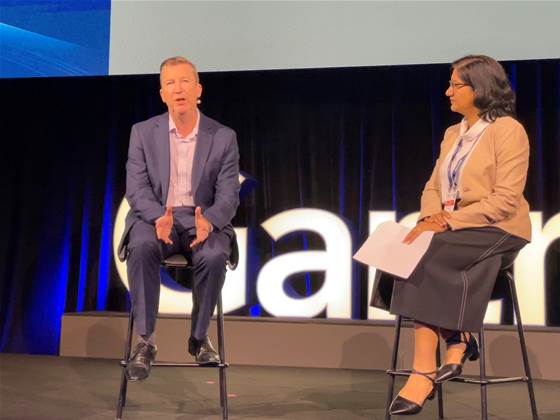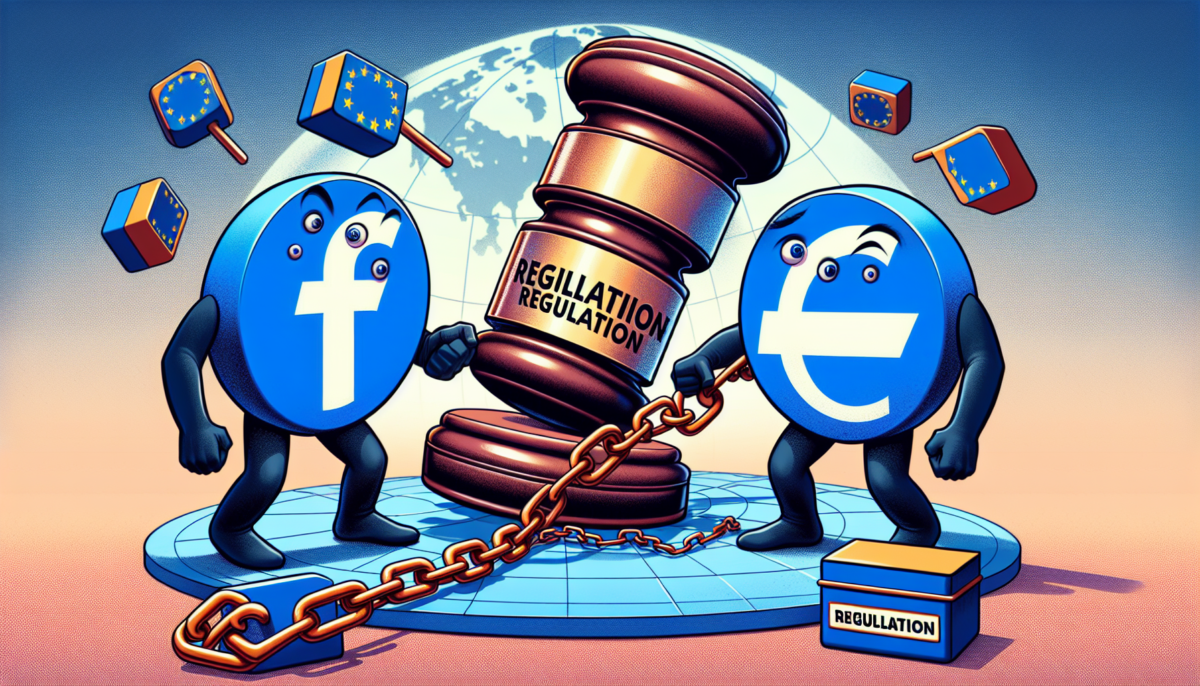United Granted Clearance for Departure with Initial Starlink-Equipped Plane in the Air
We independently review everything we recommend. When you buy through our links, we may earn a commission which is paid directly to our Australia-based writers, editors, and support staff. Thank you for your support!
Quick Overview
- United Airlines gains FAA approval for its inaugural Starlink-equipped aircraft.
- Commercial services featuring Starlink Wi-Fi are set to commence in May 2024 on the Embraer 175.
- United aims to retrofit 40 aircraft each month, with a total of 300 regional jets upgraded by the end of 2024.
- Starlink internet access will be offered at no charge to MileagePlus members.
- The expansion is part of a comprehensive strategy to equip over 1,000 aircraft with Starlink connectivity.
- SpaceX’s Starlink is broadening its presence in the aviation sector, having already partnered with other airlines like Hawaiian Airlines and JSX.
- Australia’s aviation sector may experience similar enhancements as satellite connectivity becomes a worldwide standard.

United Airlines Starts Satellite Connectivity Revolution
United Airlines has officially secured approval from the US Federal Aviation Administration (FAA) to operate its first aircraft integrated with Starlink satellite internet technology. This achievement signifies the start of a new chapter in in-flight connectivity, with the inaugural commercial flight set for May 2024 on a United Express Embraer 175 regional jet.
This authorization, referred to as a Supplemental Type Certificate (STC), is a crucial regulatory milestone that permits the installation of new technologies on certified aircraft. United intends to retrofit 40 regional jets every month, aiming to complete the upgrades for all 300 Embraer 175 planes by the end of 2024.
What Is Starlink and How Does It Operate?
Starlink, managed by Elon Musk’s SpaceX, is a low-Earth orbit (LEO) satellite network that delivers high-speed internet globally. In contrast to conventional geostationary satellites, LEO satellites provide considerably lower latency and higher speeds, making them suitable for real-time uses such as video conferencing and online gaming — including in-flight streaming.
Starlink has already garnered attention in remote and rural areas by supplying essential internet connectivity in locales underserved by traditional service providers. Its entry into commercial aviation marks a substantial advance in widespread acceptance.
No-Cost Wi-Fi for MileagePlus Members
United Airlines is not only adopting new technologies; it’s also transforming how in-flight internet access is offered. The airline has declared that Starlink-powered Wi-Fi will be complimentary for members of its MileagePlus loyalty program. This initiative establishes a new benchmark in customer service, particularly as many leading airlines continue to impose charges for onboard internet.
With performance akin to home broadband, Starlink enables passengers to stream videos, participate in Zoom meetings, or even engage in online gaming — all while flying at 35,000 feet.
Fleet-Wide Starlink Expansion Progressing
United has ambitious goals to integrate Starlink across its extensive fleet of over 1,000 aircraft. The airline is collaborating with the FAA to obtain installation approvals for more than 16 different models of aircraft. This initiative includes both narrow-body and wide-body jets, extending Starlink’s service across both domestic and international flight routes.
United is joining a growing number of aviation partners utilizing Starlink, including Hawaiian Airlines, JSX, and Canada’s WestJet. WestJet began activating Starlink on its fleet in early 2024 and plans to finalize its upgrades by 2026.
Implications for Australian Travellers
While the announcement focuses on a US airline, the implications are worldwide. As connectivity in aviation gains importance, Australian airlines like Qantas and Virgin Australia may soon adopt similar initiatives. Given Australia’s extensive landscape and frequent rural connectivity challenges, satellite-based in-flight internet could significantly enhance customer satisfaction for both domestic and international travelers.
Additionally, Australian technology companies and aviation authorities will closely observe this rollout as they consider similar technologies for local implementation.
Conclusion
United Airlines has made aviation history by being the first airline to gain FAA approval for Starlink-equipped aircraft. Beginning with the Embraer 175 regional jet, the airline aims to upgrade 300 planes by 2024-end and ultimately equip its full fleet. Passengers, particularly MileagePlus members, can anticipate complimentary, high-speed satellite internet while flying. With Starlink’s entry into the aviation sector, the prospect of enhanced in-flight connectivity is becoming tangible — and Australia stands to gain as this technology becomes globally available.
Q: What is Starlink and how does it differ from traditional in-flight Wi-Fi?
A:
Starlink is a satellite internet system designed by SpaceX utilizing low-Earth orbit satellites. Unlike conventional geostationary satellites, Starlink provides lower latency and higher speeds, making it suitable for real-time applications like video calls and streaming. Traditional in-flight Wi-Fi often depends on slower, higher-orbit satellites or ground-based towers.
Q: When will United’s Starlink-equipped flights be available?
A:
The first commercial flight featuring Starlink Wi-Fi is set to launch in May 2024 aboard a United Express Embraer 175. United plans to retrofit about 40 regional jets each month, finalizing 300 upgrades by the end of 2024.
Q: Will passengers have to pay for Starlink Wi-Fi on United flights?
A:
Starlink internet access will be complimentary for MileagePlus members. United has not confirmed whether non-members will incur charges, but this initiative represents a meaningful advance toward making high-speed internet a standard amenity for airline customers.
Q: Is Starlink available on Australian airlines?
A:
Currently, no significant Australian airlines have announced Starlink partnerships. Nevertheless, as global adoption accelerates, it’s likely that airlines such as Qantas and Virgin Australia will investigate similar satellite-based internet solutions soon.
Q: How fast is Starlink internet onboard aircraft?
A:
Starlink can offer speeds ranging from 50 Mbps to 250 Mbps depending on the aircraft and user demand. This is significantly quicker than most existing in-flight Wi-Fi services, providing a near-home broadband experience.
Q: What aircraft models will be upgraded with Starlink next?
A:
United is collaborating with the FAA to acquire approval for over 16 aircraft types. While specific models have not yet been publicly disclosed, both narrow-body and wide-body aircraft are anticipated to be part of the rollout.











.jpg&h=420&w=748&c=0&s=0)

